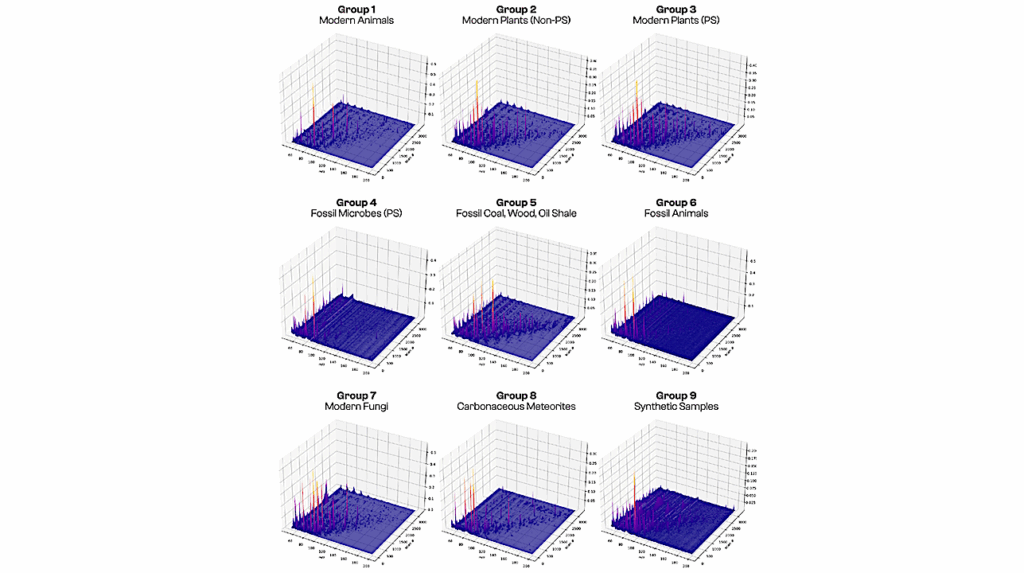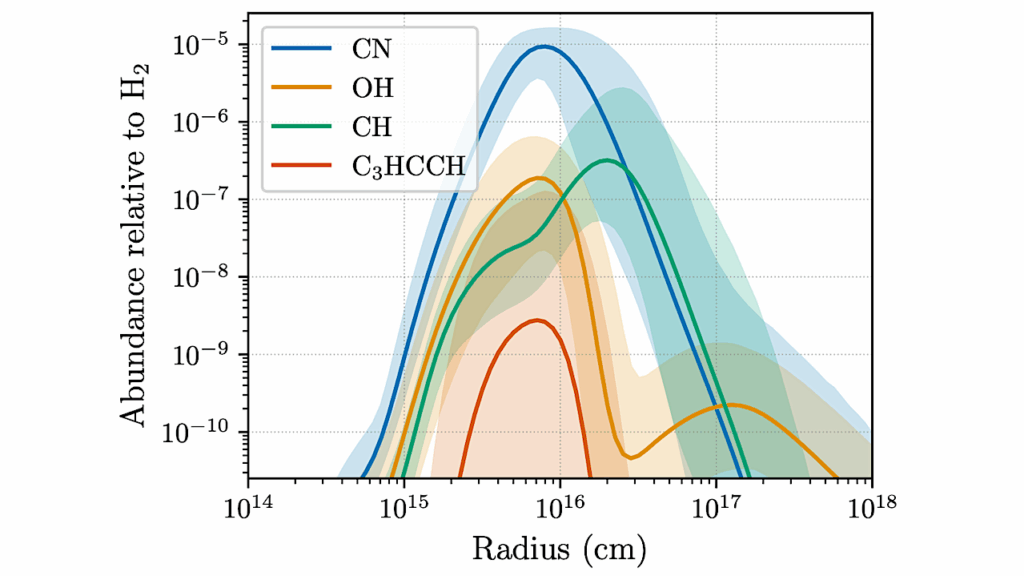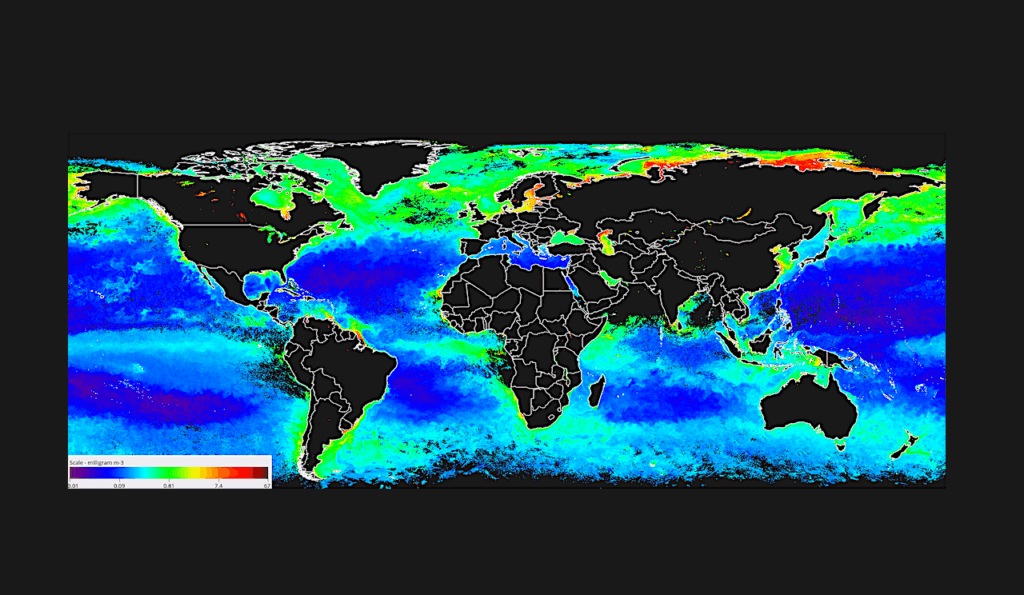HYACINTH: HYdrogen And Carbon chemistry In The INTerstellar Medium In Hydro Simulations

Aims. We present a new sub-grid model, HYACINTH — HYdrogen And Carbon chemistry in the INTerstellar medium in Hydro simulations, for computing the non-equilibrium abundances of H2 and its carbon-based tracers, namely CO, C, and C+, in cosmological simulations of galaxy formation.
Methods. The model accounts for the unresolved density structure in simulations using a variable probability distribution function of sub-grid densities and a temperature-density relation. Included is a simplified chemical network tailored for hydrogen and carbon chemistry within molecular clouds and easily integrated into large-scale simulations with minimal computational overhead.
As an example, we apply HYACINTH to a simulated galaxy at redshift z∼2.5 in post-processing and compare the resulting abundances with observations. Results. The chemical predictions from HYACINTH show a good agreement with high-resolution molecular-cloud simulations. We reproduce the HI−H2 transition in the fH2−NH plane for both Milky-Way and LMC-like conditions.
We also match the NCO−NH2 values inferred from absorption measurements towards Milky-Way molecular clouds. Column density maps reveal that CO is concentrated in the peaks of the H2 distribution, while atomic carbon more broadly traces the bulk of H2 in our post-processed galaxy.
Based on surface density profiles of stars and different gas species in the post-processed galaxy, we find that C+ extends farther than all other components and maintains a substantially high surface density out to ∼10kpc. This is similar to the [CII] halos found in some recent observations at high redshifts.
Prachi Khatri, Cristiano Porciani, Emilio Romano-Díaz, Daniel Seifried, Alexander Schäbe
Comments: 16 pages, 8 figures. Submitted to A&A. Comments are welcome
Subjects: Astrophysics of Galaxies (astro-ph.GA)
Cite as: arXiv:2402.11023 [astro-ph.GA] (or arXiv:2402.11023v1 [astro-ph.GA] for this version)
https://doi.org/10.48550/arXiv.2402.11023
Focus to learn more
Submission history
From: Prachi Khatri
[v1] Fri, 16 Feb 2024 19:05:27 UTC (1,807 KB)
https://arxiv.org/abs/2402.11023
Astrobiology, Astrochemistry,








